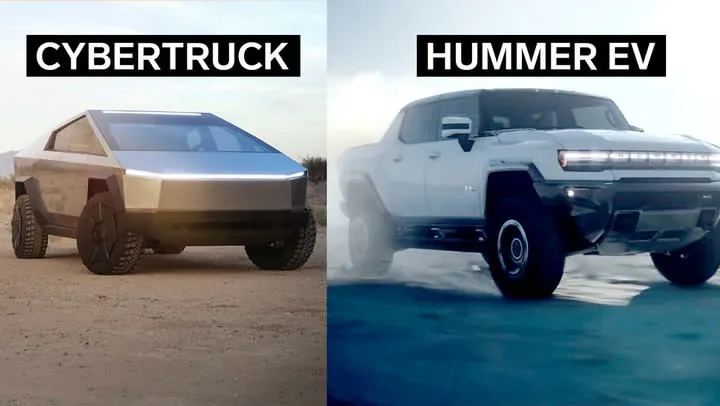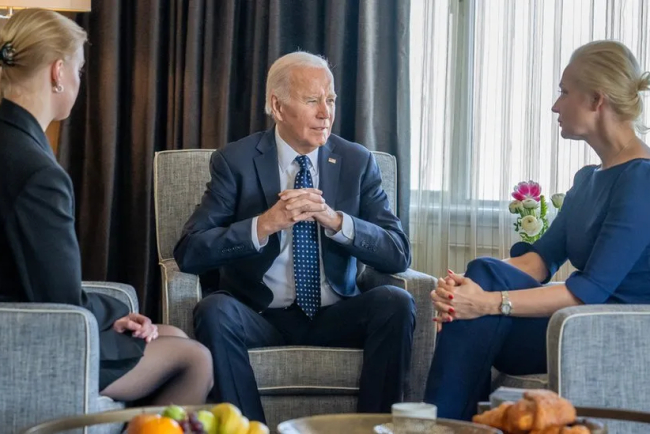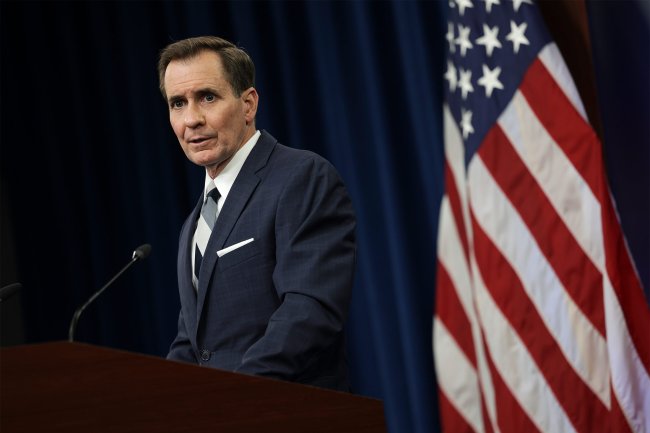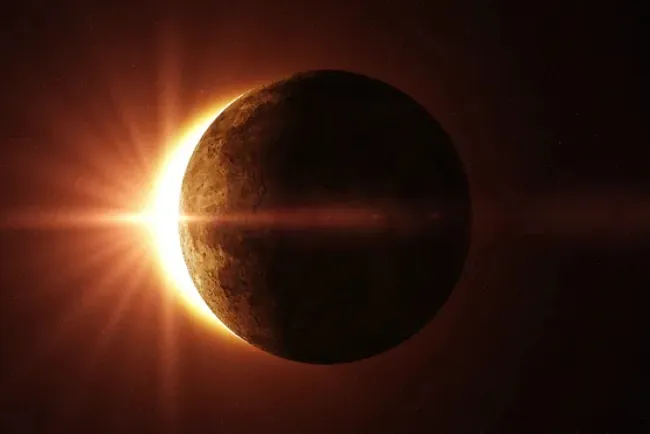Supercharger Space: A New Era for Tesla and Non-Tesla EV Owners
Explore how Tesla's Supercharger expansion to include non-Tesla EVs could reshape charging station dynamics and what it means for all EV drivers.

Introduction
Tesla's recent initiative to open its exclusive Supercharger network to non-Tesla electric vehicles (EVs) marks a significant shift in the electric vehicle charging landscape. This move, aimed at promoting wider EV adoption and sustainability, also introduces new dynamics and potential challenges at charging stations. This article delves into the implications of this development for Tesla and non-Tesla EV owners alike, addressing the concerns and adjustments necessary for harmonious shared use.
Outline
-
Background of Tesla's Supercharger Network
- Overview of Supercharger advantages
- Tesla's strategic opening to non-Tesla EVs
-
The Integration of Non-Tesla EVs
- The role of adapters in connecting different EV models
- Design and logistical challenges highlighted
-
Potential Pain Points for Drivers
- Limited charging cable length and parking issues
- Impact on charging availability and wait times
-
Voices from the Community
- Reactions from Tesla enthusiasts and non-Tesla EV owners
- Insights from tech YouTuber Marques Brownlee
-
Tesla's Efforts Towards Solutions
- Introduction of V4 Superchargers with longer cables
- Future plans for network expansion and accessibility
-
EV Charging Etiquette: Navigating the Shared Space
- Tips for seamless use of shared charging stations
- The importance of EV charging etiquette
-
Looking Ahead: The Future of Shared Charging Networks
- Tesla's role in shaping the future of EV charging
- Potential benefits and hurdles in the journey towards EV ubiquity
-
FAQs Related to Tesla Superchargers and Non-Tesla EVs
Conclusion
Tesla's decision to integrate non-Tesla EVs into its Supercharger network is a pivotal step towards fostering a more inclusive and sustainable electric vehicle ecosystem. While it brings forth certain challenges, such as logistical hurdles and the need for enhanced EV charging etiquette, it also paves the way for innovation and improved infrastructure. As the EV community grows, collaborative efforts and adaptability will be key in ensuring a smooth transition to a shared charging network.
FAQs
Q: Can non-Tesla EVs use all Tesla Superchargers? A: Non-Tesla EVs can use Superchargers equipped with a Magic Dock adapter or those compatible with a NACS adapter supplied by their manufacturer, but access varies based on charger version.
Q: Are there any additional costs for non-Tesla EVs to use Tesla Superchargers? A: Non-Tesla EV owners may incur additional costs when using Tesla Superchargers, depending on the pricing structure set by Tesla and any necessary adapters.
Q: How can EV owners avoid blocking multiple charging spots? A: EV owners should be mindful of parking and cable length, utilizing charging stations that best fit their vehicle's design to avoid inconveniencing others.
Q: Will Tesla expand its V4 Superchargers with longer cables? A: Tesla has plans to roll out more V4 Superchargers, which include longer charging cables to accommodate a wider range of vehicles, though a specific timeline is unclear.
Q: What can be done to improve EV charging etiquette among users? A: Education and clear guidelines on charging station use can help improve etiquette, ensuring a positive experience for all EV owners at shared charging networks.
Explore further insights and developments on EV charging networks at Kiksee Magazine, your go-to source for the latest in electric vehicle technology and infrastructure.
What's Your Reaction?






















